International Contribution
Global consideration
For over a century, the Tateno Aerological Observatory has made significant international contributions to international meteorological monitoring via its high-precision upper-atmosphere observation. By way of example, staff at the facility discovered the Jet Stream in 1923 and the Ozone Hole over Antarctica via their work on verifying ozone observation data.
ecent work has included technological development for observation data quality and sharing with meteorological engineers worldwide, thereby contributing to related monitoring and climate change clarification. The Observatory is currently affiliated with WMO, GUAN, GRUAN, BSRN and GAW.
World Meteorological Organization
WMO is a specialist institution under the United Nations, carrying out planning and coordination in worldwide meteorological services. With around 200 member countries, it examines observation methods/standards and formulates common regulations for international application.
As part of its collaborative work with WMO, the Aerological Observatory hosted an international radiosonde comparison event in 1993 to coordinate worldwide simultaneous observation.
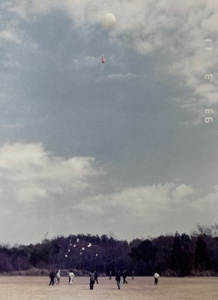
WMO international radiosonde comparison
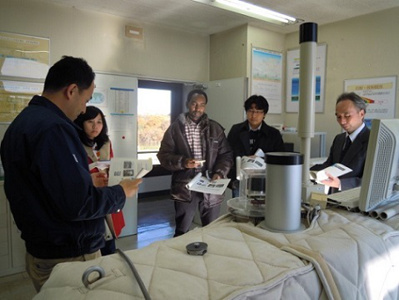
WMO scholarship recipient visit
GCOS Upper-Air Network
GUAN is run by organizations including WMO and GCOS for upper-atmosphere observation in climate change monitoring at around 150 sites selected from around 800 worldwide. Tateno is one of six such sites in Japan.
The need for long-term atmospheric observation in fixed locations makes GUAN data essential in clarifying climate change.
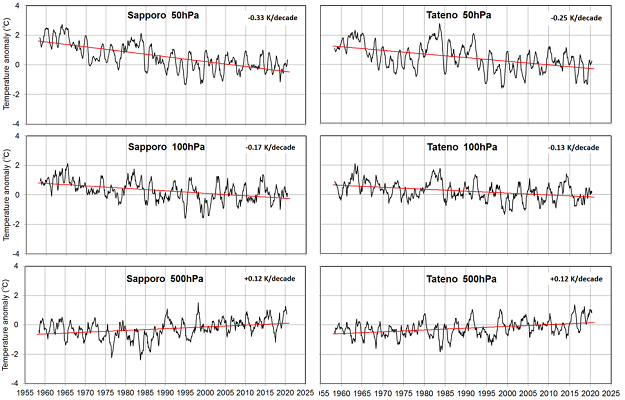
Sapporo/Tateno temperature trends
500 hPa values show warming, while 100/50 hPa values show cooling. Upper-air cooling is more marked in Sapporo.
GCOS Reference Upper-Air Network
GRUAN conducts long-term monitoring of climate change using cutting-edge technology from particular reference points. Optimal accuracy is supported by continuous surveying and research, including comparison soundings as well as development of inspection equipment and data analysis algorithms. The annual ICM international conference for discussion of related technology was held at the Japan Meteorological Agency and Tateno in 2012.
Tateno’s efforts in precision atmospheric monitoring over more than a century make it a worldwide rarity, producing unique Asian observational data for essential application in global climate monitoring.
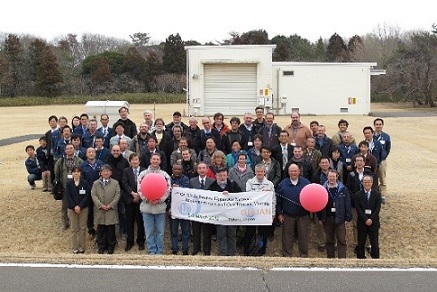
GRUAN international conference, Tateno, 2012
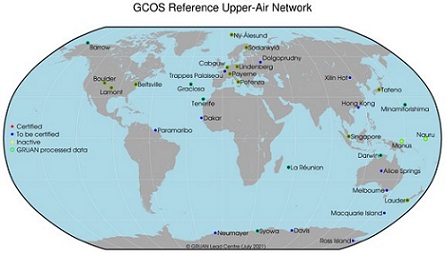
GRUAN sites (2020)
(GRUAN website)
Baseline Surface Radiation Network
The BSRN has around 60 sites worldwide monitoring solar and terrestrial radiation for understanding and prediction of the mechanisms behind climate change. Tateno was one of the first sites involved, beginning observation in 1996. Upward radiation observation is carried out at only around 10 sites worldwide, underlining the importance of the data they produce.
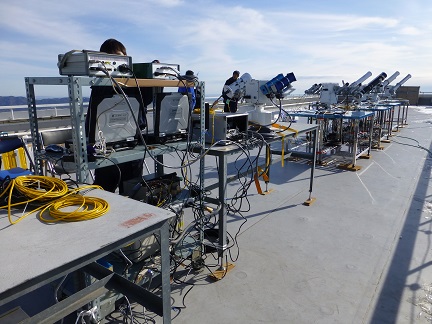
International solar radiometer comparison
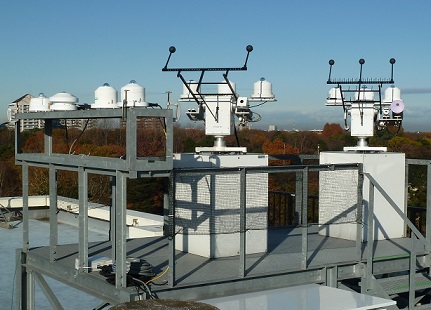
Precision instruments for solar and infrared radiation
Global Atmosphere Watch
The GAW initiative supports observation of ozone, ultraviolet rays, aerosols and other variables for worldwide environmental monitoring and forecasting. Tateno’s Dobson spectrophotometers are used to monitor ozone concentrations. The Observatory also manages Asian regional standard instrumentation and conducts international comparative observation of monitoring equipment, thereby contributing to ozone monitoring accuracy.
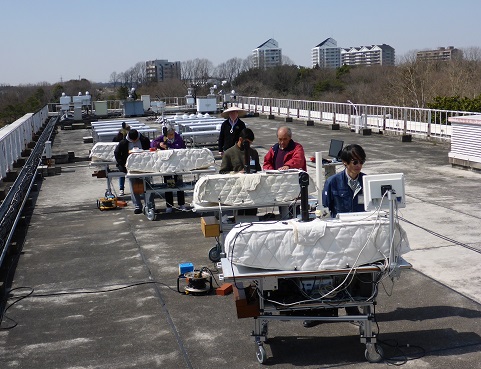
Asia-region comparison of Dobson spectrophotometers
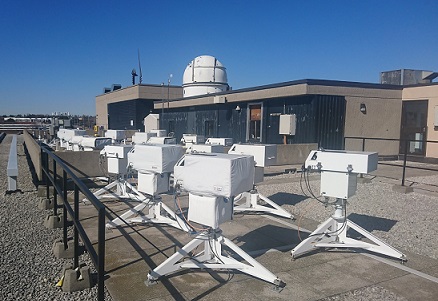
International comparison of UV observation equipment